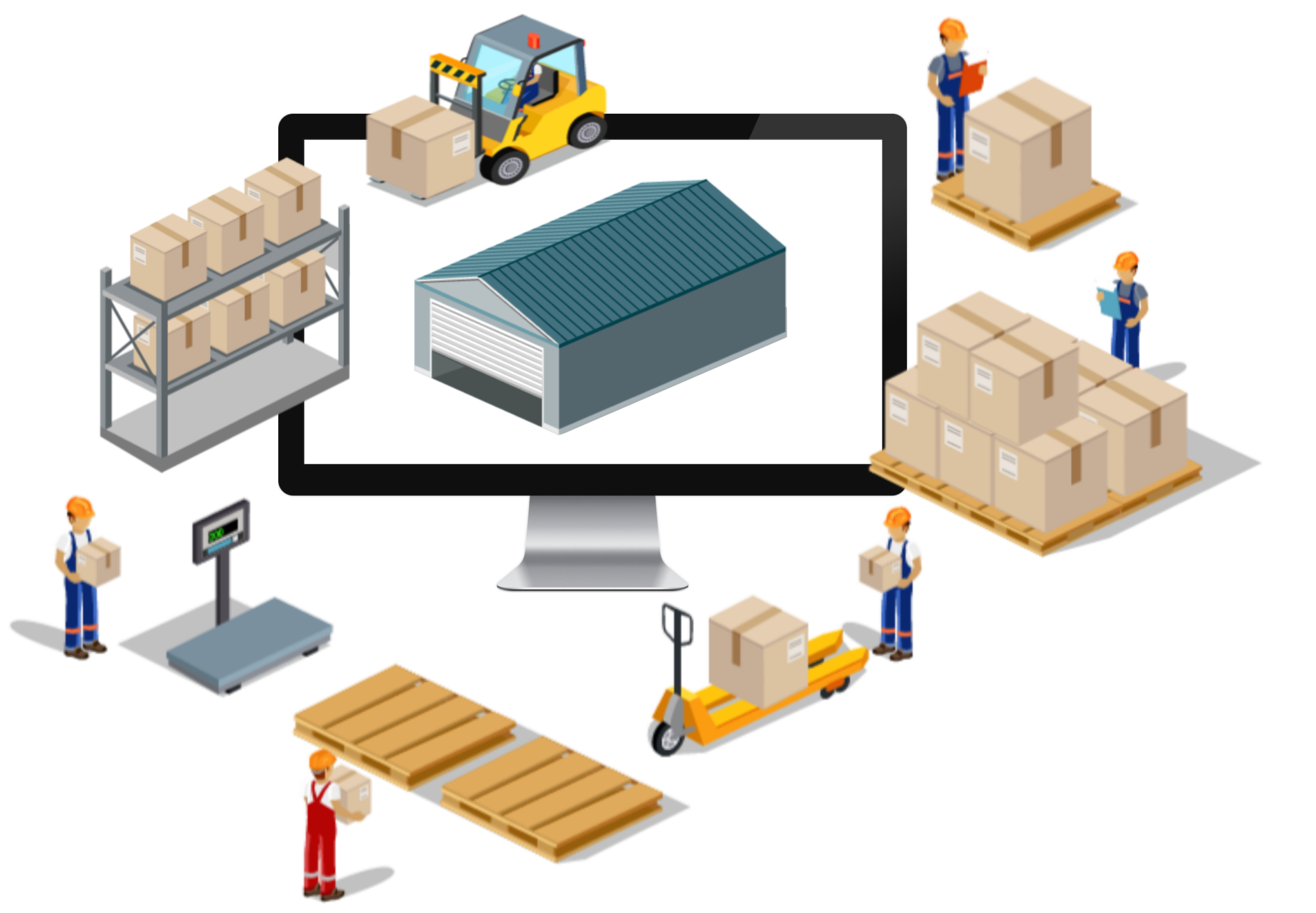Image Source: Google
In the ever-evolving world of logistics, warehouse management systems (WMS) play a crucial role in streamlining operations, optimizing inventory management, and enhancing overall efficiency. With the rapid advancements in technology, the future of logistics is set to be revolutionized by innovative WMS solutions that leverage cutting-edge tools and strategies to meet the growing demands of the industry.
The Role of Warehouse Management Systems
The best warehouse management systems are software applications that help businesses control and manage warehouse operations efficiently. They track inventory levels, orders, shipments, and provide real-time data to enhance decision-making processes. With the rise of e-commerce and the increasing complexity of supply chains, the role of WMS has become more critical than ever in ensuring seamless operations.
Key features of Warehouse Management Systems include:
- Inventory tracking and management
- Order processing and fulfillment
- Real-time data analytics
- Barcode scanning and RFID technology
- Integration with other supply chain systems
Emerging Trends in Warehouse Management Systems
As technology continues to advance, several key trends are shaping the future of warehouse management systems, driving innovation and efficiency in logistics operations.
Some of the emerging trends include:
- Automation and Robotics: The use of automation technologies such as robots and drones to streamline warehouse operations, improve picking and packing processes, and enhance overall efficiency.
- Artificial Intelligence: AI-powered WMS solutions that can analyze data, predict demand, optimize inventory levels, and improve decision-making processes.
- Internet of Things (IoT): The integration of IoT devices to track inventory in real-time, monitor equipment performance, and improve visibility across the supply chain.
- Cloud-based WMS: The shift towards cloud-based WMS solutions that offer scalability, flexibility, and cost-effectiveness for businesses of all sizes.
- Augmented Reality: The use of AR technology to provide hands-free guidance to warehouse operators, improve order picking accuracy, and reduce training time.
The Benefits of Innovative WMS Solutions
By embracing innovative warehouse management systems, businesses can unlock a wide range of benefits that can drive growth, improve efficiency, and enhance customer satisfaction.
Some of the key benefits include:
- Increased Efficiency: Automated processes, real-time data analytics, and optimization tools can help businesses improve efficiency, reduce errors, and enhance productivity.
- Optimized Inventory Management: AI-powered WMS solutions can optimize inventory levels, reduce carrying costs, prevent stockouts, and improve order fulfillment rates.
- Enhanced Visibility: Cloud-based WMS solutions provide real-time visibility into inventory levels, order status, and shipment tracking, enabling businesses to make informed decisions and respond quickly to changing market demands.
- Improved Customer Satisfaction: By streamlining operations, reducing order processing times, and ensuring accurate shipments, businesses can enhance customer satisfaction and loyalty.
- Cost Savings: By automating manual processes, optimizing inventory levels, and improving operational efficiency, businesses can reduce costs and increase profitability.
The Future of Logistics: Adapting to Change
As the logistics industry continues to evolve, businesses must adapt to the changing landscape by embracing innovative warehouse management systems and leveraging technology to drive growth and efficiency.
Key strategies for adapting to change include:
- Investing in Technology: Businesses should invest in advanced WMS solutions, automation technologies, and data analytics tools to stay competitive and meet the evolving demands of the industry.
- Continuous Learning: Keeping up with the latest trends, attending industry conferences, and engaging in continuous learning can help businesses stay ahead of the curve and drive innovation.
- Collaboration and Partnerships: Building strategic partnerships with technology providers, logistics experts, and industry leaders can help businesses leverage expertise, resources, and networks to drive growth and innovation.
- Embracing Change: In a rapidly changing industry, businesses must be agile, flexible, and willing to embrace change to stay relevant and competitive in the market.
- Customer Focus: Putting the customer at the center of all operations, optimizing the supply chain for customer satisfaction, and continuously seeking feedback can help businesses drive growth and success in the future of logistics.

